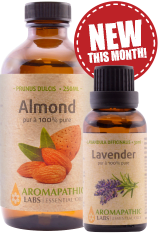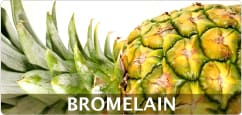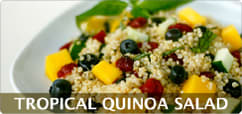- Home >
- Alpha Health Products Organic Coconut Flour - 454g - Alpha
Organic Coconut Flour - 454g - Alpha
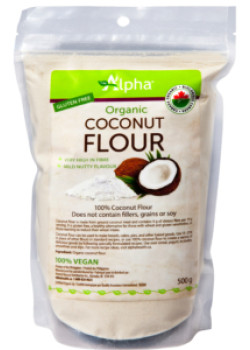
We're sorry, we no longer carry this item.
Check These out
Suggested, Similar, & Related Products:
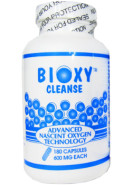
Sale: $37.99
Reg.: $44.99 (Save $7.00)
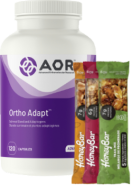
Sale: $39.24
Reg.: $48.98 (Save $9.74)
(Click Add to Select Bonus)
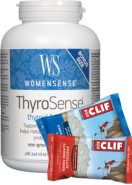
Sale: $42.77
Reg.: $60.29 (Save $17.52)
(Click Add to Select Bonus)
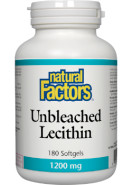
Sale: $12.99
Reg.: $19.99 (Save $7.00)
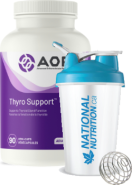
Sale: $39.24
Reg.: $48.98 (Save $9.74)
(Click Add to Select Bonus)
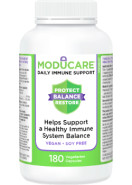
Sale: $54.99
Reg.: $89.99 (Save $35.00)
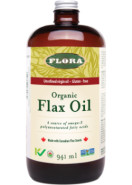
Sale: $27.99
Reg.: $34.99 (Save $7.00)
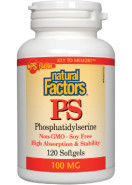
Sale: $54.99
Reg.: $69.99 (Save $15.00)
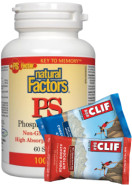
Sale: $29.99
Reg.: $39.99 (Save $10.00)
(Click Add to Select Bonus)
Or, Shop our Latest Deals:
Shop Now >Format
 Powder
Powder
454g
Related Videos
No Related VideosArticles by a naturopathic doctor.
Alpha Health Products, founded by natural health legend Siegfried Gursche, produces best selling healthy fats, DME Coconut Oil and dietary supplement MCT 60/40 Oil plus Emulsified MCT Boost energy support and tasty Gourmet MCT Salad Oil and omega rich Camelina Oil. Alpha Health products offer high quality and sustainability.
FIBRE
Psyllium fibre, a well-known and very commonly used fibre supplement, contains both insoluble and soluble forms of fibre, as do all plant foods. Many people are unfamiliar with what soluble and insoluble fibres really are, and the benefits they have for our health.
Soluble Fibre
Soluble fibre attracts water, dissolves in water and turns into a gel-like substance. The major benefit to soluble fibre is that it slows digestion, thus stabilizing blood sugar by delaying the absorption of glucose. Thus, soluble fibre plays a role in the prevention of diabetes, as well as obesity. By slowing digestion, not only do soluble fibres increase the uptake of minerals and nutrients during digestion, they promote satiety and help to prevent overeating. Psyllium, apples, beans, dried apricots, and oat bran are all excellent sources of soluble fibre.
Insoluble Fibre
Insoluble fibre, in comparison, does not dissolve in water. It acts to increase stool volume, otherwise known as a bulking agent. Insoluble fibre helps to maintain regularity by increasing transit time, promoting regular and healthy bowel contractions. Examples of some sources of insoluble fibre include wheat, corn, rice, vegetables and beans. Insoluble fibre may help to prevent and treat haemorrhoids, varicose veins, and constipation. These fibres also help to promote the removal of toxins through the bowel, before they are given a chance to be reabsorbed into the bloodstream, wreaking havoc on the body. It is this action that gives it such an important role supporting healthy immune function.
Fermentable Fibre
Recently there has been some dispute about the relevance of dividing fibre into soluble and insoluble categories. As an alternative, fibre can be divided in ‘viscous’ and ‘fermentable’. Soluble fibres that are high in inulin or fructo-oligosaccharides, are said to be fermentable. Friendly bacteria in the large intestine ferment these fibres. These fibres can also be called probiotics. They help to stimulate the selective growth of "good" intestinal bacteria (mainly the lactobacillus and bifidobacterium species), at the expense of "bad" bacteria. Bacteria like e-coli and clostridium species are also normal and necessary as parts of healthy gut flora, but if overgrown or unopposed, are more likely to cause infection. Another advantage of fermentable bacteria is a fatty acids called butyric acid, produced through the fermentation process and the primary fuel of the large intestine. Other short-chained fatty acids produced by the fermentation process are thought to be responsible for some of the cholesterol lowering properties of fibre. Leeks, onion, garlic, asparagus, jeruselum artichoke and chicory root are all high in inulin.
Viscous fibres
Also primarily associated with soluble fibre, viscous fibres are the cholesterol lowering specialists. These fibres complex with bile acids, which are made by the liver from cholesterol and necessary for proper digestion of fats. After complexing with bile acids, these compounds are the removed from circulation and in turn lower cholesterol levels.
Categories of Dietary Fibre
Cellulose, is an indigestible fibre that is found in bran, legumes, peas, root vegetables, cabbage family, outer covering of seeds, and apples. Because it is not absorbed in the gastrointestinal tract it bulks the stool and acts as an intestinal cleanser. It helps to prevent and treat hemorrhoids, varicose veins, constipation and colitis. It also binds to toxins so that they are not absorbed into the body.
Hemicellulose, is also an indigestible fibre that is found bran, nuts, legumes and whole grains. Regulates the water content of the stool. It is used as a treatment for weight loss, constipation, detoxification and supporting healthy cell growth.
Polyfructoses (Inulin and Oligofructans), is a soluble fibre that is extracted from onion and by products of sugar production from beets or chicory roots. It is often added to processed foods to boost fibre. It can help to increase healthy bacteria in the gut which aids in digestion, and immune functions.
Galactooligosaccharides, is considered a soluble fibre with a low digestible energy value. Behaves as a prebiotic and is found in fruit juices, custards, biscuits, pet foods, and candy. Can help reduce the severity of mild constipation by softening stools.
Gums, is a soluble fibre found in oatmeal, barley, and legumes. It can help slow the passage of food through the intestines, and help lower blood cholesterol.
Mucilages, is a soluble fibre commonly found in oats, oat bran, beans, peas, barley, flaxseed, berries, soybeans, bananas, oranges, apples and carrots. Used to help lower cholesterol levels, reducing the risk of coronary heart disease and diabetes.
Pectins, found in apples, strawberries, and citrus fruits. Pectin slows the absorption of food after meals thereby decreasing the rate at which blood sugar enters the body. Apple pectin binds to fats and bile acids. Thus it is used to prevent gallstones, and lower cholesterol. Citrus pectin has been studied for its ability to remove toxins from the body, reduce side effects from radiation therapy and limit tumour metastasis.
Lignin, found in root vegetables, wheat, fruits with edible seeds (such as strawberries). A fibre that has an affinity for fats and bile acids. It binds to these substances in the intestines and prevents their absorption or desorption into the body. Lignin is used to lower cholesterol, prevent gallstones and treat diabetes and support healthy cell growth
Resistant Starches, found in ripe bananas, potatoes. May help to manage weight by increasing the feeling of fullness and help controls blood sugar levels.
Fibres can be added to the diet by increasing your intake of whole grains, fresh fruit and vegetables (with skin!) and beans/lentils. If it is still needed, many commercial fibre preparations, each with a unique mix of fibres in tablets, capsules or powder form, are available. Read fibre supplements carefully because some may contain laxatives, making those preparations unsuitable for long-term use. The recommended intake of fibre is anywhere from 25-40 g/day, a goal that can be achieved quite easily if you know how to make the most of your diet. 2 pieces of whole-wheat toast or 3/4 cups of cooked oats have about 6 g of dietary fibre. A cup of spinach has 7 g, while 1/2 of cooked black beans have just fewer than 10 g of fibre.
Fibre – QUICK FACTS
FOOD SOURCES
· Whole grains, brown rice, agar agar, bran, fresh fruit, dried prunes and apricots, nuts, seeds, flaxseeds, psyllium, chicory, beans, lentils, raw vegetables.
APPLICATIONS
· Colon health, obesity, diabetes, hypoglycaemia, healthy cell growth, constipation, haemorrhoids, high cholesterol, detoxification.
OPTIMUM DOSAGE
· As directed, away from other supplements or medications, with lots of water. (Clinical doses may be higher as recommended by your practitioner).
WORKS WELL WITH
· Water, digestive enzymes, essential fatty acids.
IMPORTANT INFORMATION
· Start fibre supplementation with small doses, and lots of water, until your stool is the proper consistency.
· Fibre can compromise the absorption of other nutrients and medications if they are taken at the same time.
- Reviews
- POST A NEW REVIEW
Organic Coconut Flour - 454g - Alpha
(2 reviews)Recommendation
50%
1 out of 2 viewers would recommend this product to a friend
helpful votes
0
0 customers found this product reviews helpful
-
Date - Newest First
- Date - Newest First
- Highest Rated
- Most Helpful
2 Item(s)
2 Item(s)


